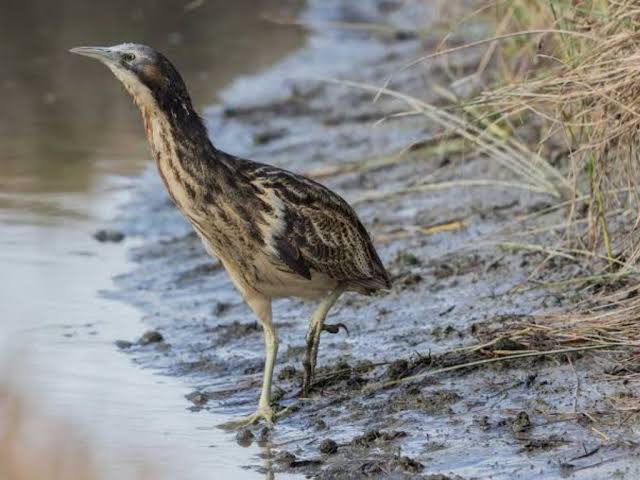What: Presentation on the Aorangi Trusts conservation projects
When: 6.00pm to 7.30 pm on Sunday 21st September
Where: Lions Hall 1 Oxford Street, Martinborough.
Entry fee: $10 donation to the Aorangi Restoration Trust
The Australasian bittern (matuku-hūrepo) is a nationally critical endangered bird. This is the last stage before extinction of this important wetland species, meaning its numbers have reduced to less than 1,000 remaining in Aotearoa. The encouraging news is that it appears that the local bittern population in the Wairarapa Moana wetlands could well be on the rise, with more males heard booming in the breeding season than in previous years. The upsurge in numbers can be attributed to the extensive predator control and native plant restoration efforts of the local Iwi, Department of Conservation, Greater Wellington Regional Council and the Aorangi Restoration Trust.
Monitoring bittern populations is not easy. Even though they are large birds, around the height of a dinner table with a wingspan stretching to one metre, they are very hard to find.
Their superpower, and key to their extreme secrecy, is the fact that not only are they well camouflaged but they have what’s known as a freeze reflex. This means that when approached they stop with their beak facing skyward. Their mottled brown and cream plumage blends perfectly into the raupō (bulrush) and harakeke of their wetland homes.
Even experienced bittern watchers can’t spot the birds when they stand up looking just like a stick.
Whilst few people get to actually see the bittern, hearing them is more possible. The males have a loud eerie foghorn like mating call. They can make up to ten booms in a row, but three or four is more typical. In October as part of the national Great Matuku Muster, the Aorangi Trust is organising local folk to do a “roll call” of bittern numbers throughout the Wairarapa Moana. You can find out how to be a part of this at the presentation or register your interest through an email Philippa Crisp on crispphilippa@gmail.com
Two years ago, the Aorangi Restoration Trust received a multiyear grant from the DOC Community Fund to establish a trap network across 15,500ha of farmland between Wairarapa Moana and Aorangi Forest. The goal is to reduce predators reaching the breeding populations of bitterns at Wairarapa Moana and of long-tailed bats (also a critically threatened species) in the nearby foothills of Aorangi Forest. Monitoring of the bittern and long-tailed bat populations is part of this project. All of which go hand in hand with the extensive native planting efforts of the Trust. Over the last five years, the trust has organised and sponsored the planting of over 100,000 native trees on the Tonganui Corridor project.
The geographic focus of the project is farmland areas surrounding the Aorangi National Park and across the moana towards the Remutaka ranges, creating vital bird sanctuary corridors across the lower valley.
In preparation for the Matuku Muster the Aorangi Trust is hosting an evening where we will share more about our conservation work and the monitoring results to date for bittern and long-tailed bats.
Sunday 21st September at 6.00pm – 7.30 pm
Lions Hall, 1
Oxford Street, Martinborough.
Along with video footage of the elusive bittern,
Dr Philippa Crisp will speak about Aorangi Restoration Trust’s landscape-wide predator control project and associated monitoring,
Dr Stephen Hartley will present information gained from two student research projects focussed on bittern at Wairarapa Moana.



